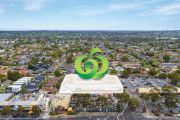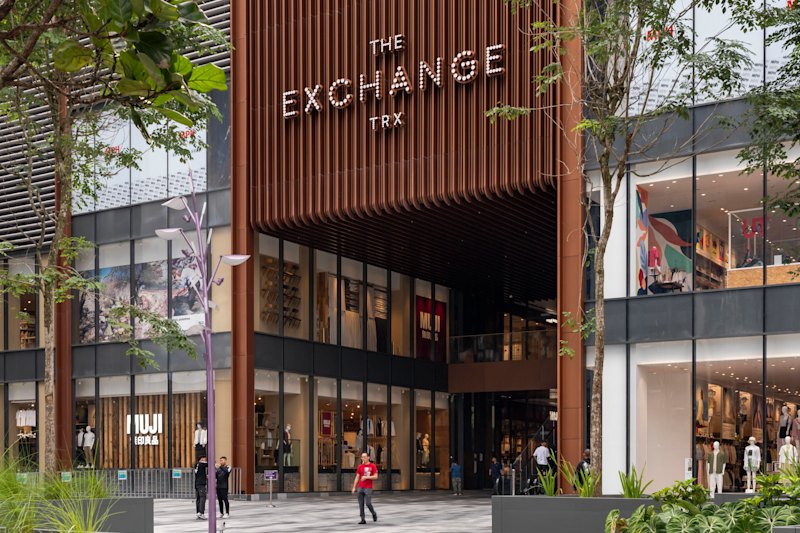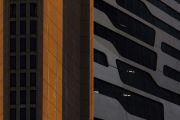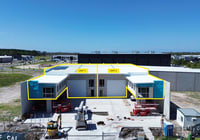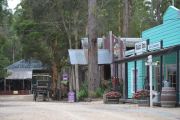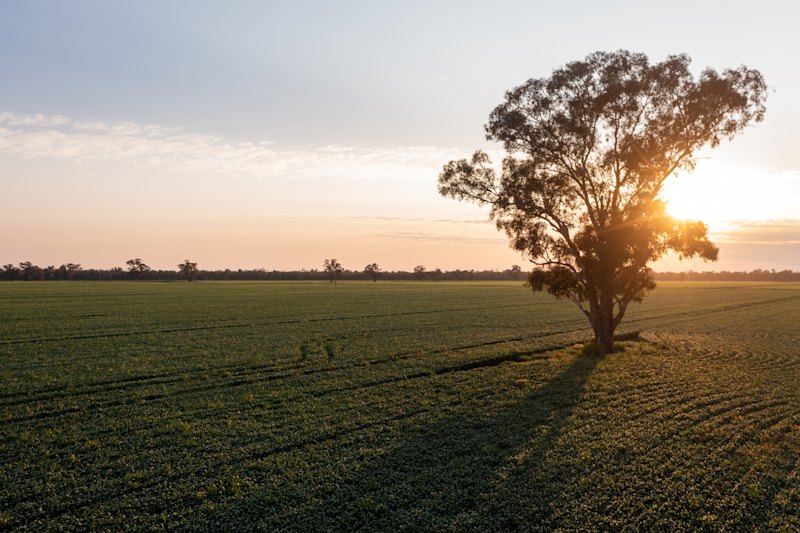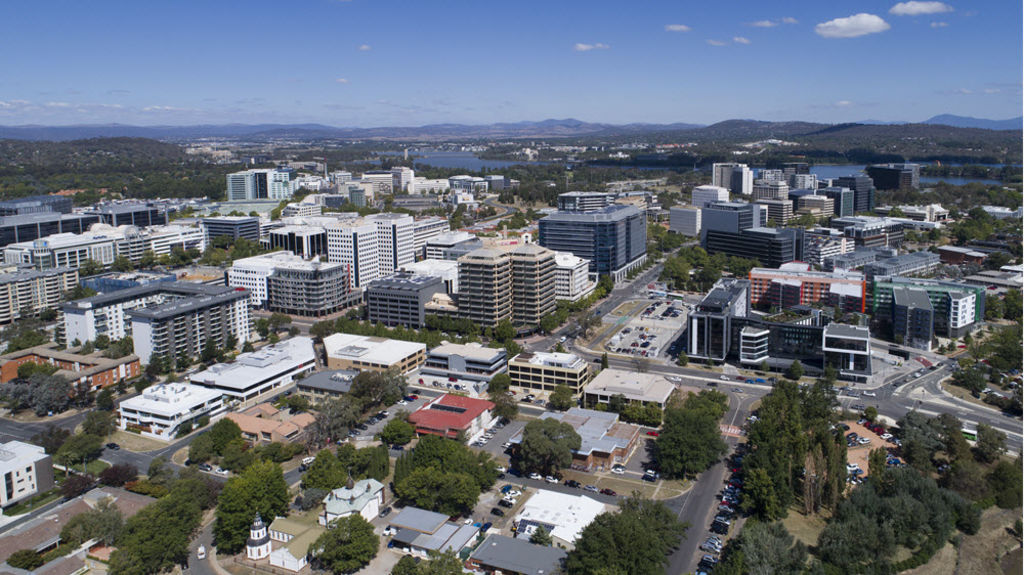
Demand ramps up for Canberra's best office buildings
Population growth, the lowest unemployment rate in the country and a strong private sector are proving to be the perfect mix in creating demand within Canberra’s office market.
Overall vacancy in Canberra is at 12.5 per cent, according to the Property Council of Australia’s latest Office Market Rate Report, with A-grade vacancies falling in the past 12 months, B-grade increasing and vacancies dropping in C- and D-grade stock.
Michael Ceacis, Colliers International office leasing director, said A-grade properties were in high demand in the ACT. The current A-grade vacancy rate across the territory was at 8.5 per cent. In the Canberra CBD, A-grade stock was at 2.6 per cent vacancy.
“Colliers predicts demand for A-grade tenancies to continue and forecasts that A-grade office vacancies in the ACT CBD will be below 2 per cent by January,” he said.
“Overall, we anticipate the A-grade vacancy rate will fall to well below 5 per cent over the next 12 to 18 months.”
In the past year, gross face rents for A-grade and B-grade office space in Canberra have increased, while the average incentives that owners are offering to secure tenants have fallen.
“Businesses needing office space in the coming few years really need to start considering their options,” Mr Ceacis said.
“Positive sentiment on the back of reducing supply of quality office stock, coupled with continued underlying demand and major infrastructure investment, and with the rolling out of the first stage of the light-rail network this year, will contribute to an ongoing tightening of vacancy rates.”
CBRE advisory and transaction services office leasing state director Zoe Ferrari said demand for prime office accommodation remained strong, with a genuine flight to quality from tenants.
“There is increasing focus from the public sector to look at more efficient use of existing office accommodation, and, as a result, we have seen very little demand from this end of the market,” she said.
“Office buildings that support strong densities of 1:10 or less are being well received in the market, which is in turn supporting tenants’ desire to move to effective ABW (activity based working) style workplaces.
“Landlords that have a strong customer focus, and provide buildings with good amenity and shared spaces, are seeing shorter letting up times and stronger commercial terms. The secondary market continues to experience high vacancy rates, which is reflective of the flight to quality we are experiencing from occupants.”
Meanwhile, new developments under construction will represent the early stages of the first major supply cycle since 2007-2010, Knight Frank commercial sales and office leasing ACT director Daniel McGrath said.
“The ACT government is building a 20,000-square-metre office building in Civic, which will be subject to a 20-year pre-commitment,” he said.
“Earlier this year, we also saw construction start on a 12-level, 12,000-square-metre speculative build by Canberra Airport Group. Expected to complete in mid-2020, the building is said to be fully committed by private sector tenants including King Wood Mallesons, Minter Ellison, Dickson Advisory and KPMG.”
JLL managing director ACT Andrew Balzanelli said the Civic precinct had been an attractive investment location in the past year.
“With prime-grade vacancy at 2.4 per cent, vacancy risk post-development is therefore low, creating a secure income profile for the assets in question,” he said.
According to Savills Australia, there had been no sales put to market formally in 2018 for properties in excess of $10 million, with all deals transacted off-market.
Despite this, Savills Australia ACT managing director Andrew Stewart said there had been strong interest in Canberra’s commercial property, not only from a local and national investors, but also from offshore investors who had previously overlooked Australia’s capital as an investment destination.
“The metrics in Sydney, and to a lesser degree Melbourne and Brisbane, have shone a light on Canberra, where investors can get better returns, coupled with longer lease structures to the Commonwealth of Australia,” he said.
Matthew Winter, Colliers International associate director of investment sales, said investment sales volume during the first half of 2018 had been steady, with total sales to date at $188 million.
He said a notable transaction was 6 National Circuit, in Barton, which was sold to ISPT for $37.5 million for an initial yield of 7.03 per cent on a weighted average lease expiry (WALE) of 3.86 years.
Another sale in early 2018, also in Barton, was AMA House at 42 Macquarie Street for $15.6 million, purchased by EG Funds Management from the Australian Medical Association on a 2.6-year WALE.
“Whilst sales volumes are down from this time last year, we’re expecting the second half of the year to pick up with a number of major assets positioned to come to market and several assets currently in due diligence to settle shortly,” he said.
“Off-market activity has been strong, with a number of transactions occurring off the back of unprecedented buy side demand from Australian Real Estate Investment Trusts (A-Reits), private investors and syndicates.”

